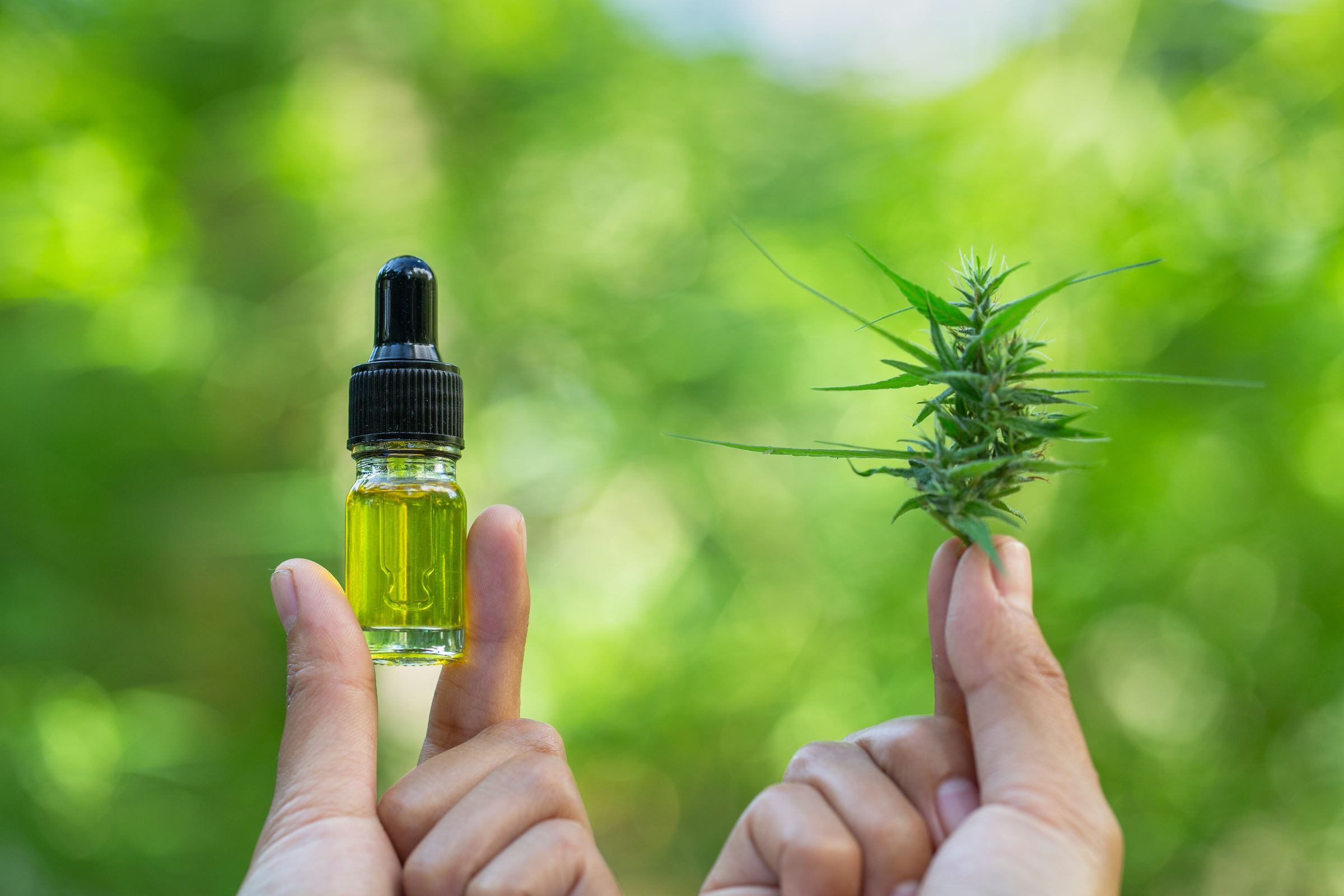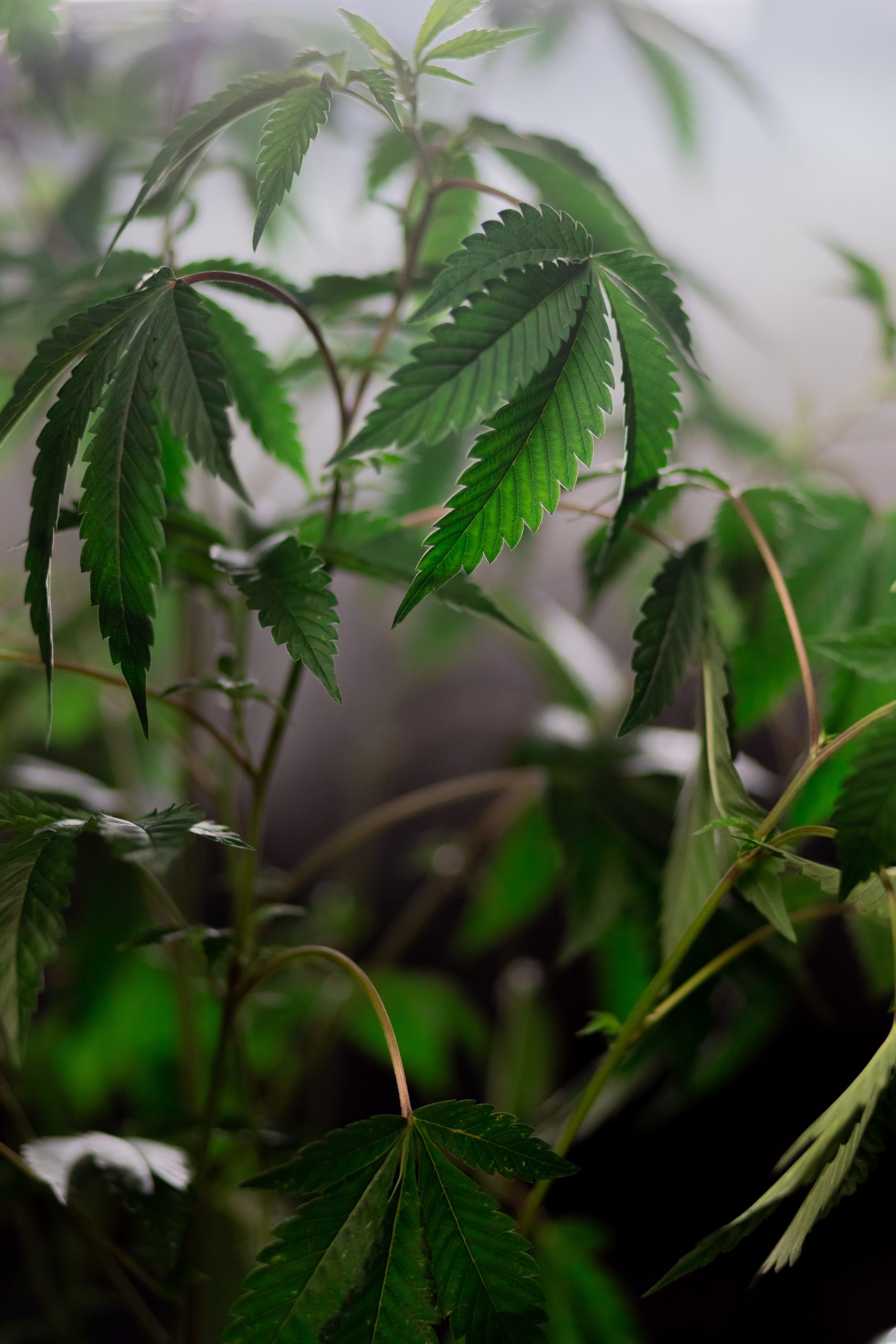A List Of Items You’ll Need To Get Started Growing Cannabis Indoors

Personal cannabis cultivation provides interesting advantages, such as having control over the quality, saving money in the long run, and spending time on an activity you can enjoy. Growing cannabis at home is now legal in many parts of the world. It may be a residence that you own or rent. As far as the process is concerned, it’s still laborious, meaning there’s a lot of trial and error. You may choose to grow cannabis for yourself for medical or recreational purposes, therefore, becoming self-sufficient. If your state allows cannabis cultivation, check the requirements for doing so.

One cannabis plant can yield between two to four ounces of bud at the end of the process. Suppose we were to compare the two different cultivation processes. In that case, we’d notice that indoor cultivation offers better control as you’re able to recreate the environment the plants need to grow, regulating the amount of water and nutrients they receive. You can grow your own buds at home if you have a few extra minutes a day and a spare room. Before you get started, make sure you have the following checklist items ready:
-
Seeds
When growing cannabis indoors, you have two options: seeds or clones. A clone is a cutting taken off a cannabis plant, typically in its vegetative state, which then grows into a plant and is genetically identical to the mother plant. Cloning aims to promote fast and robust root growth and preserve genetic identity. Plants grown from stable cannabis seeds strains are genetically diverse. Still, morphological characteristics are influenced by the environment. There are different types of seeds available, such as regular, feminized, and auto-flowering seeds, and they can be purchased from seed banks like Seedsman, where the quality is second to none.
-
A Grow Tent
A grow space must allow for ventilation, so a cannabis grow tent is suitable because it has vents to adjust airflow. If you grow your plants inside a tent, you can control variables such as temperature, air circulation, relative humidity, and, above all, lighting (you can adjust how much light your plants receive). It’s difficult, if not impossible, to DIY a space so that it works as well as a cannabis grow tent. Assembling it will take just one afternoon. Measure the length, width, and height of the room where you intend to place the tent to ensure you have enough space to work with. The ideal size of the tent depends on the yield you want to obtain.
-
Soil
Soil is the most common medium for growing cannabis indoors, allowing for the healthy growth of the plant and the roots. You can use high-quality potting soil as long as it doesn’t contain synthetic slow-release fertilizer. Liquid fertilizer is best. Getting back on topic, if you can’t order special soil online, purchase the best soil at your local gardening store. You can start adding nutrients to the water by the time the plants are a couple of weeks old; the roots will use up everything. Cannabis plants prefer a light and loose soil texture – more oxygen reaches the roots. The soil must have excellent drainage, but it should also be able to hold water. Last but not least, the PH value should be between 5.8–6.2.
-
Pots
Use fabric pots to grow cannabis as the cloth exterior allows the air to pass in and out, enabling the plant to become root bound. They ensure the right balance of aeration and moisture retention, which explains why cannabis plants grow strong, healthy roots. Of course, the size of the pots has a considerable impact on the cannabis plants. Larger containers allow for more extensive root systems, which supports bigger cannabis plants. It’s recommended to use a 2.5-4-gallon container for indoor cultivation. The pot’s size determines how big the plant grows, but the grower’s skill and experience are also important.
-
Fluorescent Grow Lights
In the vegetative stage, cannabis plants require light to thrive. The amount of light they need depends on the strain’s makeup and whether or not the cannabis seeds are auto-flowering. You don’t have to worry about this in an outdoor setting, but when growing cannabis indoors, you need to use lights so the seedlings will thrive. For an option that’s long-lasting, you can’t go wrong with fluorescent grow lights that provide light on the blue spectrum; they won’t burn your plants. These light fixtures, especially those using high-output T5 bulbs, enjoy popularity among small-scale cannabis growers because they’re economical. The T5 bulbs should have an additional HO (High Output) rating as they’ve been adjusted to be even brighter.
-
A Dehumidifier & AC
When your cannabis plants are growing, the need for moisture spikes, so the humidity levels should be around 65-70%. You can gradually lower humidity by 5% every week to prevent and eliminate diseases by using a dehumidifier. Some dehumidifiers are equipped with an air circulation module, which ensures the air is blown dynamically in all directions, so it reaches all corners of the room. Still, a dehumidifier will increase temperature, so you’ll need to install fans or an AC unit. The AC will eliminate the hot pockets that create a breeding ground for mold, pests, and disease. Fans don’t lower the air temperature; they just move the air around.
-
A Thermometer
You need to know for sure temperatures are within a comfortable range for your cannabis plants. Actively monitor the temperature of the growing environment to know if your plants are healthy and happy. A thermometer logs data from all sensors for temperature, humidity, dew point, etc. Having a few strategically placed thermometers will help you identify issues on time and take measures. Fluctuations can occur at different times during the day and it can be tricky to strike the right balance. Frequently check the temperature and have a climate control system.
All in all, when harvesting cannabis, leave a few buds and branches intact at the base of the plant. You can expect a smooth re-bloom and another harvest. Just like cloning, it allows you to preserve your own cultivar.










